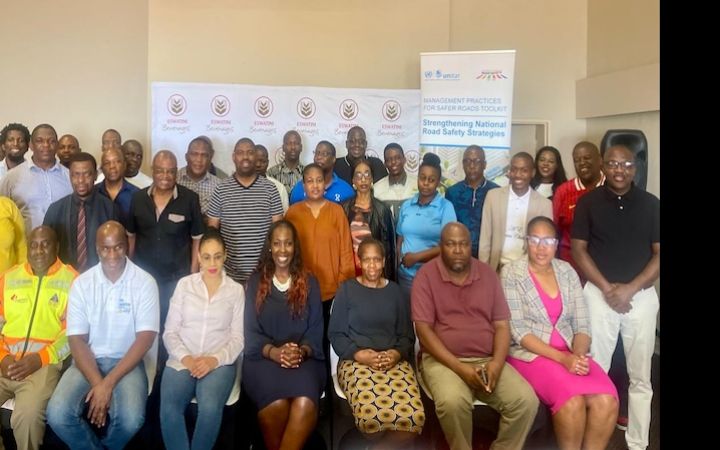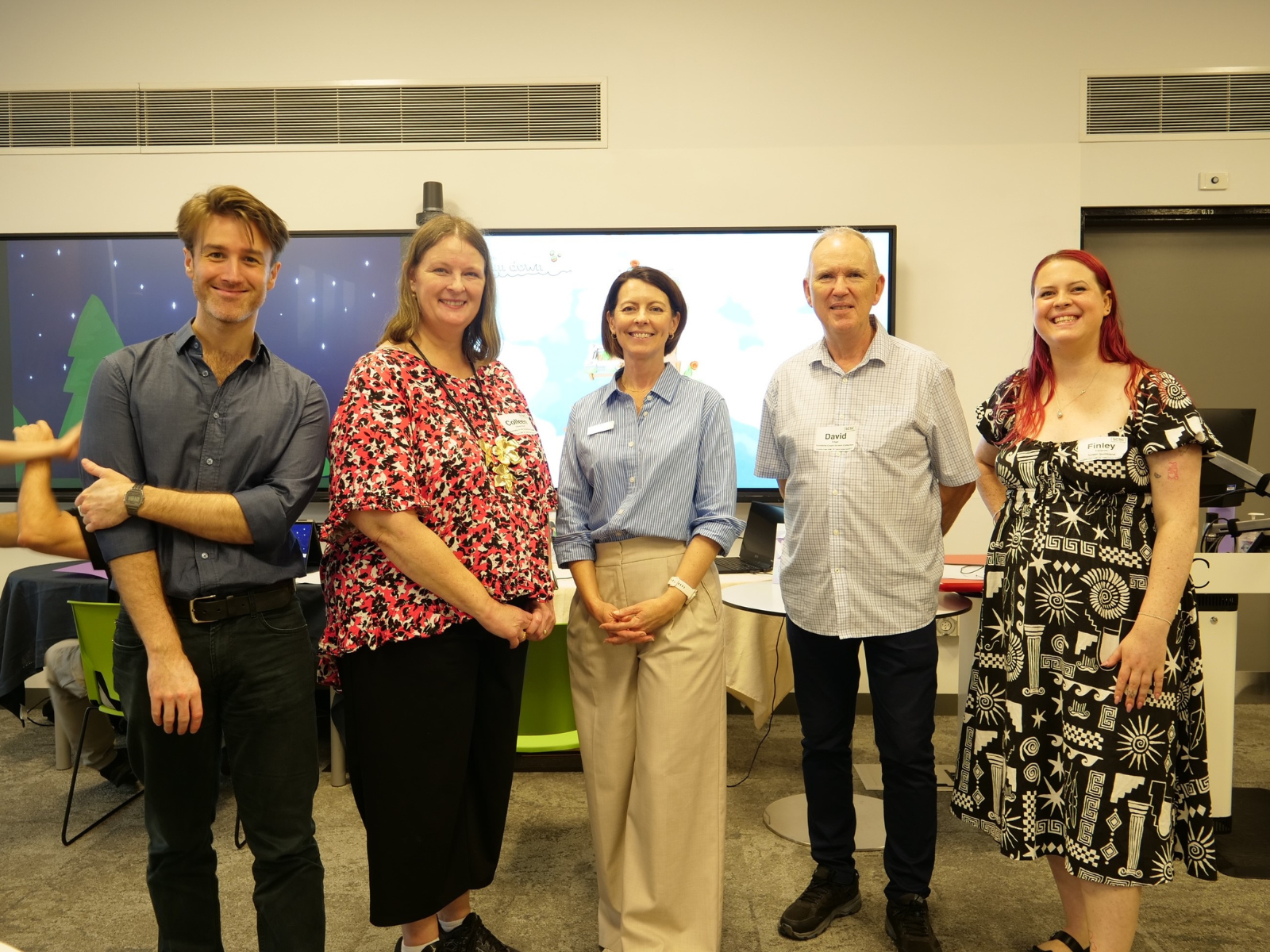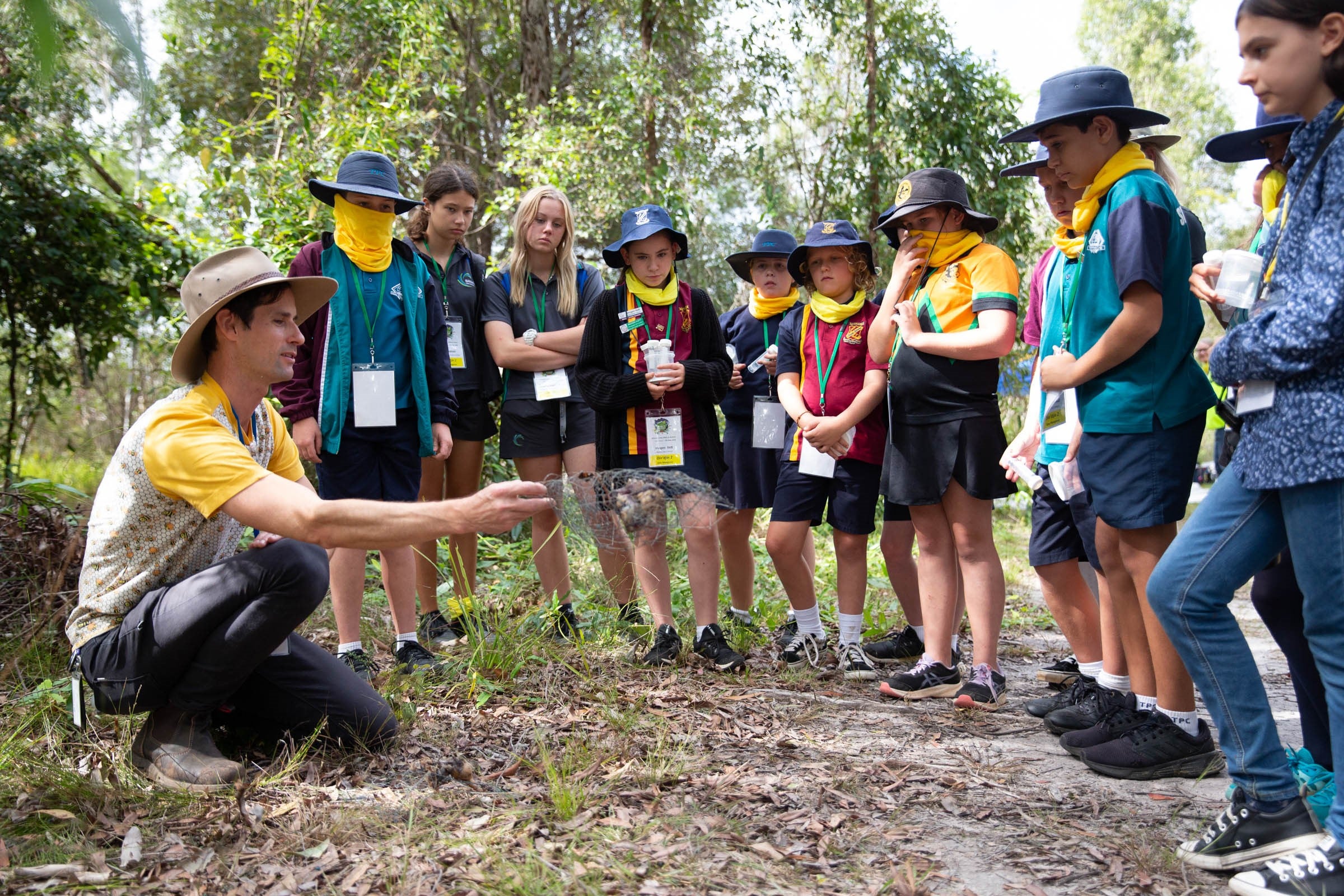Healthcare facilities are currently seeking to expand their ventilator capacity in order to manage COVID-19 related patient care. Ideally, devices should be used for the purpose the manufacturer intended. Ventilators should be commercially available medical devices that are currently included in the Australian Register of Therapeutic Goods (ARTG) with an intended purpose of invasive ventilation of patients in an intensive care unit (ICU) environment.
The following information seeks to provide guidance to healthcare facilities that may assist with sourcing additional equipment to treat patients in the event of a shortage of ventilators and other respiratory support devices, and builds on .
This guidance includes information about:
- Alternatives to purpose made ICU ventilators
- Other devices intended for respiratory support
- Domestically manufactured invasive ventilators for use during the COVID-19 pandemic.
- Other unapproved devices (and accessories) intended for respiratory support
- Advice for use of alternative devices for respiratory support
Note
Using a device for a purpose other than that intended by the manufacturer is known colloquially as “off-label” use. If you are intending to use a device for an “off-label” use, you should:
- be aware that the device may not perform as you intend it to;
- accept that all responsibility and liability for the use of the device in the unintended manner lies with you; and
- take all steps necessary to ensure the use of the device is as safe as possible, including only using the device for the unintended purpose as a last resort.
Alternatives to purpose made ICU ventilators
Purpose made ICU ventilators are invasive devices that require a tube to be inserted into the patient’s airway and connected to a ventilator. These devices require:
- trained nursing staff to provide 24-hour care;
- personal protective equipment (PPE) for nursing staff;
- access to consumable products such as tubes and filters; and
- access to support infrastructure including ICU beds and oxygen delivery systems.
There are additional sources of purpose-made ICU ventilators other than new devices sold by sponsors (the person or company legally responsible for a device). Healthcare facilities may consider the following options:
- Recommissioning retired ventilators: provided ventilators were included in the ARTG when they were initially supplied, and the performance of the ventilator can be confirmed according to the manufacturer’s instructions.
- Imported ventilators: ventilators which have not been included in the ARTG, but have been approved by , may seek expedited processing by the TGA for ARTG inclusion and supply within Australia.
- Ventilators that have been used for alternative purposes: in some cases ventilators approved for use on humans which have been used for other purposes, such as in veterinary practice, may be used.
Note
If healthcare facilities are considering using devices that have been used in a veterinary setting for human use, the manufacturer of the device should be contacted to confirm that the ventilator type can be used on humans, and to ensure that adequate disinfection procedures have been followed before the device is used on humans.
- Splitting existing ventilators between patients: when ventilators are in short supply healthcare facilities may elect to use one ventilator for more than one patient.
Note
Healthcare facilities should be mindful that splitting ventilators may carry significant risks as this practice is not tested by the manufacturer and may necessitate modification of the device using unapproved accessories. Splitting ventilators should only be considered as a last resort.
Other devices intended for respiratory support
When a healthcare facility does not have enough ICU ventilators to treat all patients, alternative, similar devices may be used. When devices are used in a manner not intended by the manufacturer this is sometimes referred to as “off-label” use. Devices used in this manner require different monitoring, maintenance and calibration processes, which need to be clarified with the manufacturer where possible.
These other devices may include:
- Anaesthetic machines or mobile ventilators intended for invasive ventilation: Although these types of devices have some significant differences to ICU ventilators, including the intended duration of their uninterrupted use, there are many mechanical similarities that mean these devices may be used instead of an ICU ventilator.
The following will be required when using anaesthetic machines:
- Monitoring of carbon dioxide levels in the breathing system: Anaesthesia machines have a carbon dioxide absorber which needs to be regularly replaced or replenished whereas ICU ventilators do not.
- Regularly checking of condensate build-up: Most ICU ventilators include advanced condensate management, anaesthesia machines do not.
- Monitoring for drops in pressure when suctioning: ICU ventilators have auto compensation when inline suction is used, as this can exacerbate atelectasis. Anaesthesia machines do not have this mechanism.
- Non-invasive ventilator devices including CPAP and Bi-level PAP (BPAP) machines: clinical evidence from the treatment of COVID-19 patients indicates that the use of non-invasive ventilation can be effective in forestalling the need for intubation, thereby reducing the need for invasive mechanical ventilation. CPAP and BPAP machines have been successfully utilised in some cases to treat patients with less severe symptoms. The advantage of using these devices are:
- they require less support from trained healthcare practitioners than invasive ventilators;
- they can be used in the home as well as the hospital; and
- there are a number of these devices available in the community that may not currently be in use.
These devices can also be adapted or modified to enable invasive ventilation, although these kinds of changes would alter the manufacturer’s intended purpose and therefore qualify as “off-label” use.
Note
Devices that are used for a purpose other than that intended by the manufacturer carry a level of risk to the patient as the device has not been tested for that use and may not perform as intended. Healthcare facilities need to weigh the risk of using the device for a purpose other than that intended by the manufacturer with the risk of not using a device to treat their patient.
Some manufacturers may be able to give you advice, directions or a kit to help modify your device for invasive ventilation. Please contact the manufacturer of your device or refer to their website to determine if these options are available.
Domestically manufactured invasive ventilators for use during the COVID-19 pandemic
On 8 April 2020, the delegate of the Minister of Health, made the The exemption aims to increase the number of available medical devices intended to provide invasive ventilation to patients during the COVID-19 emergency.
To supply ventilators under this exemption, the device must:
- be manufactured domestically in Australia
- be supplied to Australian healthcare facilities only
- meet the specifications and testing requirements published in .
Notification must be sent to the TGA of the intent to supply the device, together with relevant documentation demonstrating that the device meets the specifications and testing requirements (further guidance and templates will be published shortly).
Note
Devices manufactured and supplied under this exemption have not been fully validated as ICU ventilators and should only be used when ARTG-included ventilators are not available.
The performance specification of these devices may not be suitable for all patients requiring mechanical ventilator support and care must be exercised by clinicians in patient selection.
Other unapproved devices (and accessories) to provide respiratory support
Additional, unapproved devices and/or accessories (including consumables and components) may be available to clinicians that can be used to provide respiratory support to patients, which are not subject to any specific exemption and cannot be included on the ARTG. The permit clinicians to exercise discretion in using unapproved medical devices under the following exemptions:
- Clinical Trials. An unapproved medical device may be used in a clinical investigation study approved by a Human Research Ethics Committee (HREC) without review from the TGA through the .
- Special Access Scheme. Health practitioners may use an unapproved medical device on any patient with a condition that is reasonably likely to lead to the person’s death within less than a year under Category A of the Scheme. Health practitioners will need to submit a to the TGA within 28 days of using the device if their patient meets this criteria.
- Authorised Prescriber Scheme. The Scheme allows approved medical practitioners to prescribe unapproved therapeutic goods for a particular condition or class of patients in their immediate care without further TGA approval. Practitioners require approval of a HREC or a specialist college before the TGA can approve them as an authorised prescriber. Once approval is received, authorised prescribers are required to for whom the product is prescribed on a six-monthly basis to the TGA.
Note
An is available for health practitioners to determine the most appropriate pathway for supply of an unapproved therapeutic good.
Advice for use of alternative devices and “off-label” use of devices for respiratory support
If you are intending to source and use alternative devices, or modify existing devices for an alternative purpose, in place of an ARTG-included device, we recommend the following:
- Undertake an appropriate risk evaluation and document the reason for utilising the alternative device.
- Undertake training and familiarise yourself with all aspects and unique performance characteristics of the device.
- Seek information from the manufacturer to determine:
- whether they have information about the performance of the device when used in the manner you are intending; and
- if there is any information relating to the maintenance/testing/calibration for the device when used in the manner you are intending.
- to the TGA.








